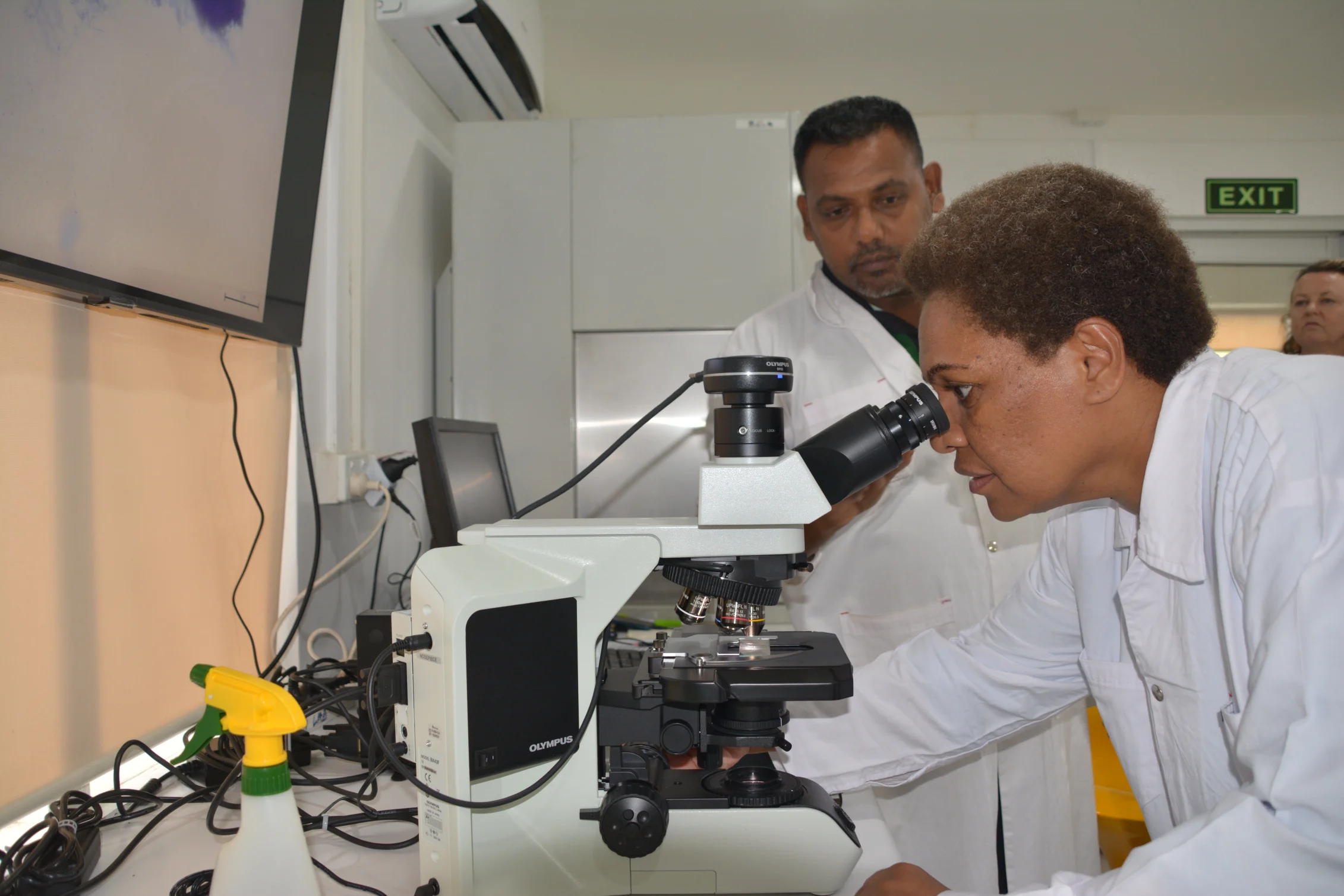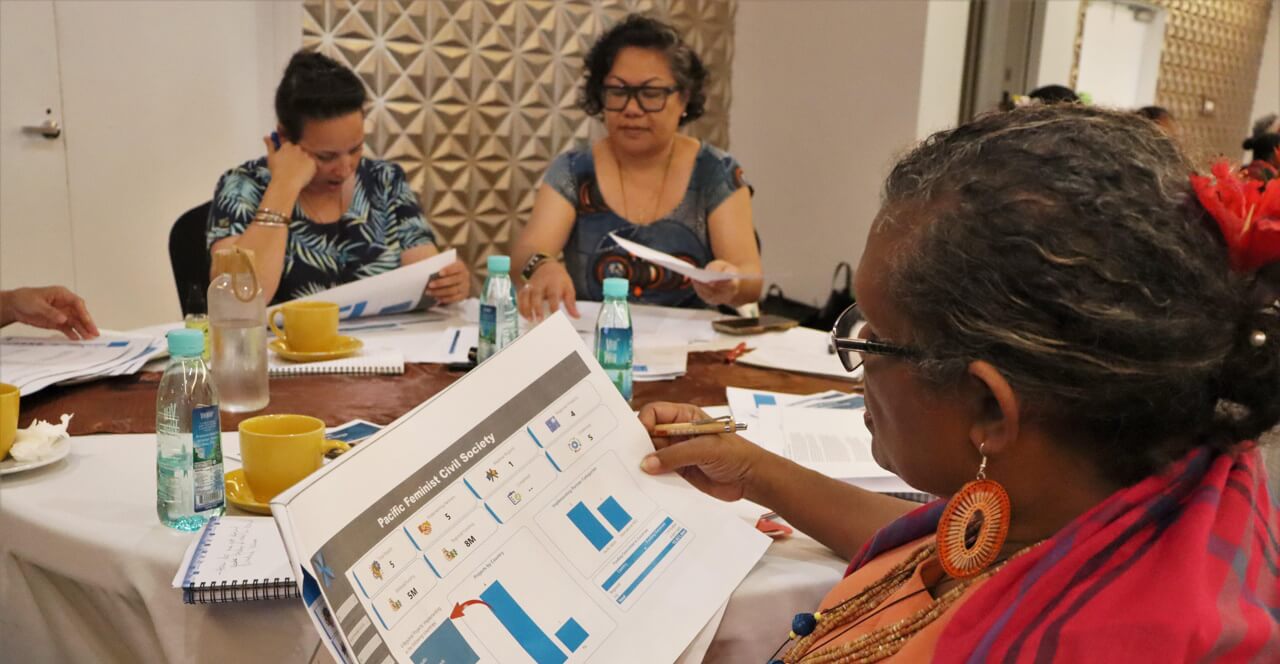We hear about the gender gap and the constant battle for equality. Despite the gains towards bridging this gap, the reality is that gender inequality remains prevalent and ingrained in communities across the Pacific and the world. Women and girls are subjected to discrimination and are not treated equally alongside men in social, political, health, education, and other aspects of life. A key indicator of inequality is the prevalence of violence against women and girls, with the Pacific having twice the global average of intimate partner violence. The Pacific’s regional commitment to address gender equality is for the dignity, freedom, and well-being of the Pacific population.
In this article, we sit down with Mereseini Rakuita, a trailblazing force in the Pacific who has gained the respect, admiration and most importantly, the hearts of the people she serves as the Principal Strategic Lead – Pacific Women and Girls at the Pacific Community (SPC).









